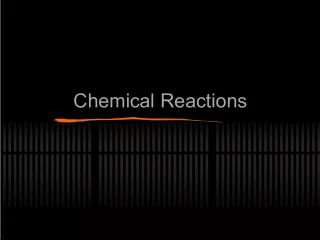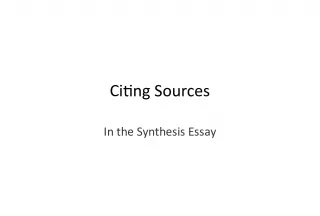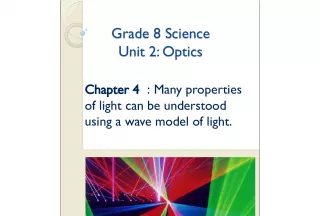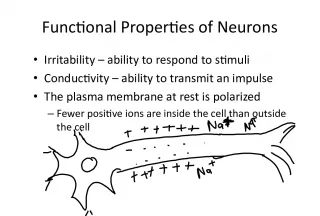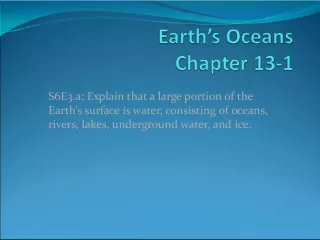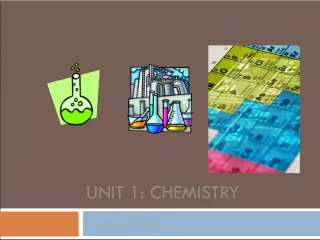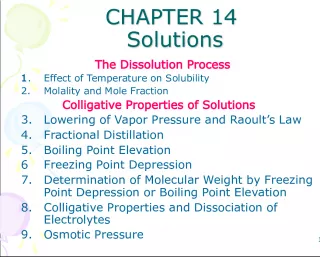Polyaniline (PANI): Synthesis, Properties, and Short History
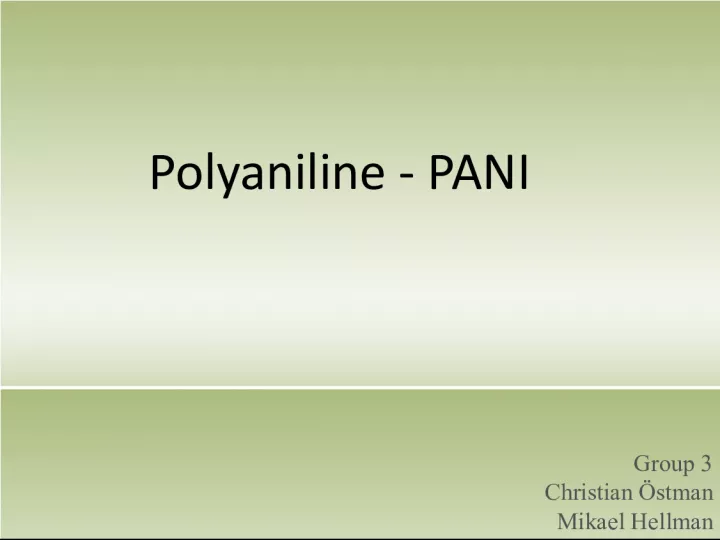

Polyaniline (PANI) is an inherently conductive polymer (ICP) with three stable oxidation states - leucoemeraldine, emeraldine, and pernigraniline. The most useful state is emeraldine base (EB), doped with an acid conductivity. This article examines the synthesis, properties, and short history of PANI.
- Uploaded on | 2 Views
-
 nataliya
nataliya
About Polyaniline (PANI): Synthesis, Properties, and Short History
PowerPoint presentation about 'Polyaniline (PANI): Synthesis, Properties, and Short History'. This presentation describes the topic on Polyaniline (PANI) is an inherently conductive polymer (ICP) with three stable oxidation states - leucoemeraldine, emeraldine, and pernigraniline. The most useful state is emeraldine base (EB), doped with an acid conductivity. This article examines the synthesis, properties, and short history of PANI.. The key topics included in this slideshow are Polyaniline, PANI, conductive polymers, Shirakawa, MacDiarmid, Heeger,. Download this presentation absolutely free.
Presentation Transcript
1. Group 3 Christian stman Mikael Hellman Polyaniline - PANI
2. PANI Is a inherently conductive polymer (ICP) Polmerized from the monomer aniline Three stable oxidation states: Leucoemeraldine emeraldine Pernigraniline Emeraldine base (EB) the most useful EB doped with an acid conductivity
3. Short history First definitive report of polyaniline 1862 In 1977 professor Shirakawa found out about the conductive polymers by accident Shirakawa, MacDiarmid and Heeger started to study and develop the conductive polymers They found out: the iodine-doping to increase the conducitivity and that polymer needed side groups to be more easily workable
4. Short history In year 2000 Alan J. Heeger, Alan MacDiarmid and Hideki Shirakawa earned the Nobel prize in Chemisrty. The Polyaniline is propably the most studied conductive polymer in 20 years
5. Properties Good conductivity Environmental stability and friendliness Based on Ormecon data for a PANI powder: S/cm
6. density: 1, 4 g/cm 3 bulk density: 250 g/l continuous working temperature: 100 C max. processing temperature: 240 C melting point: degradation from 20C
7. PANI products and blends Manufacturers offer different types of: Coating systems Conductive inks Conductive and nonconductive powders Master batches for melt processing PANI can be used in blends with e.g. polyethylene, polypropylene, polystyrene, PVC, phenol- formaldehyde resins, and different types of thermoplastic elastomers
8. Manufacturers and brands Koneet Terveyshuolto Ruoka Panipol Conductive inks and solutions, +/- 100/kg Coating systems Powders, PANIPOL PA 250/kg, PANIPOL F 225/kg Zipperling/ Enthone Inc Dispersions for electronics (OLEDs & FETs), 10 - 10 S/cm Corrpassiv corrosion protection Fibron technology Dispersions Chemical vapour sensors Composites
9. PANI Melt processing Injection moulding Extrusion & co-extrusion Blow moulding Calandering Fibre spinning Compression moulding Extrusion coating Solution processing Coating films Spraying Solution spinning fibres Casting films Spin coating -thin films Gels- high strength fibres and films
10. Applications Some example PANI applications Injection molded antistatic products Antistatic films and coatings Conductive fabrics Electromagnetic shielding Polyaniline nanocomposites In sensors, transistors and microchips to replace metal parts ESD paints Intelligent packaging and paper Electronic bar codes and stamps OLED displays Electrochromic smart window
11. Thank you questions?
